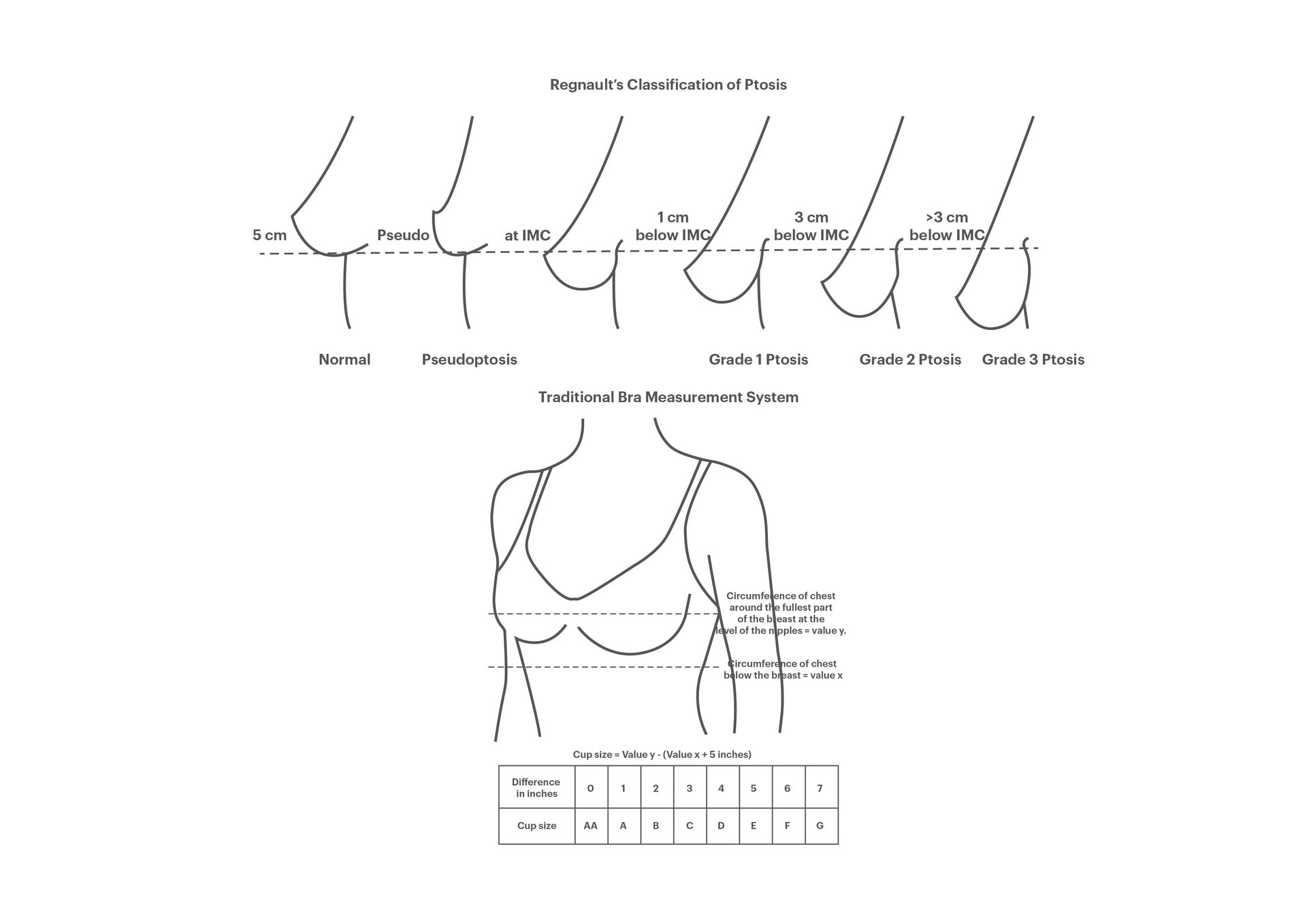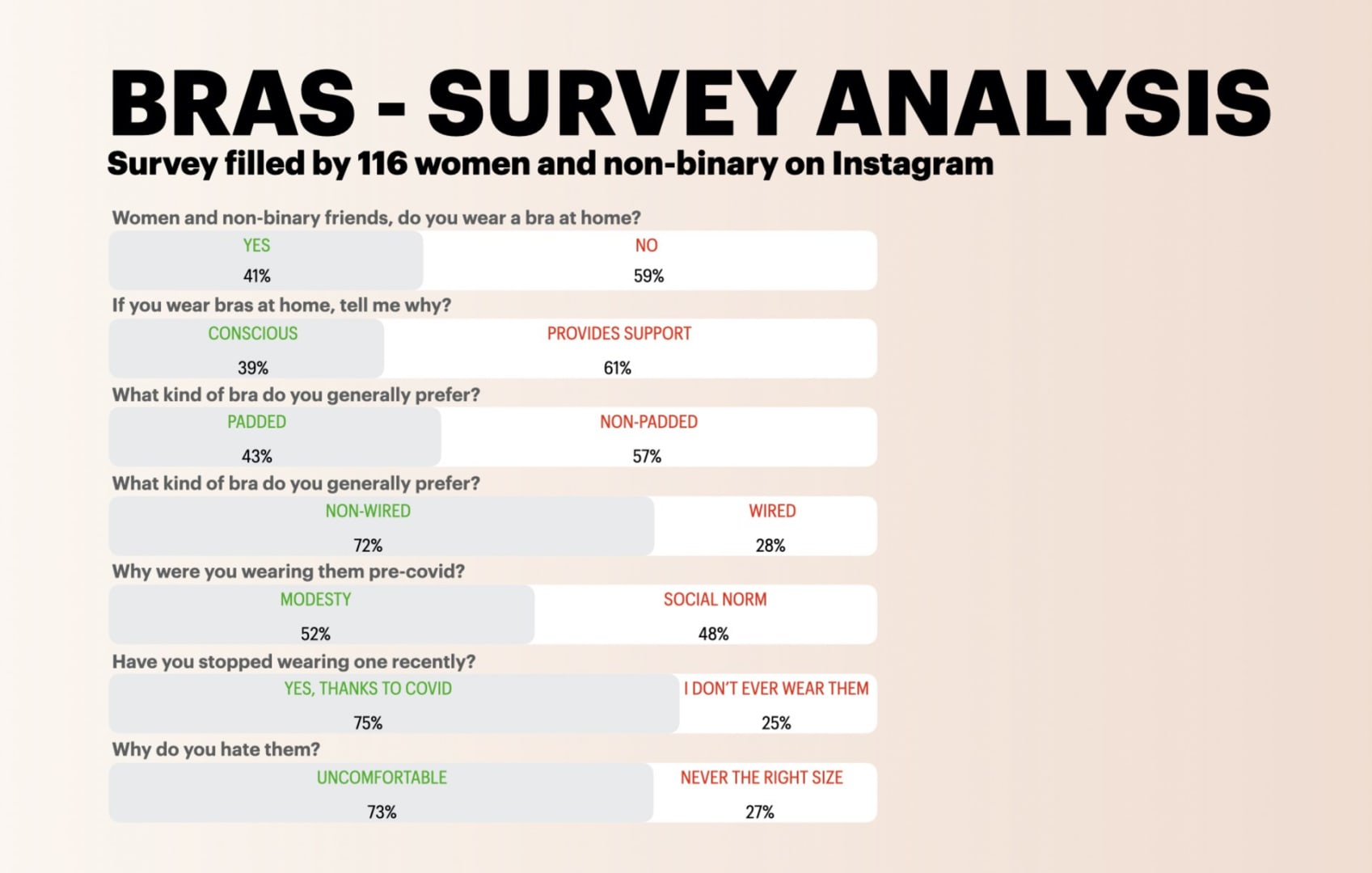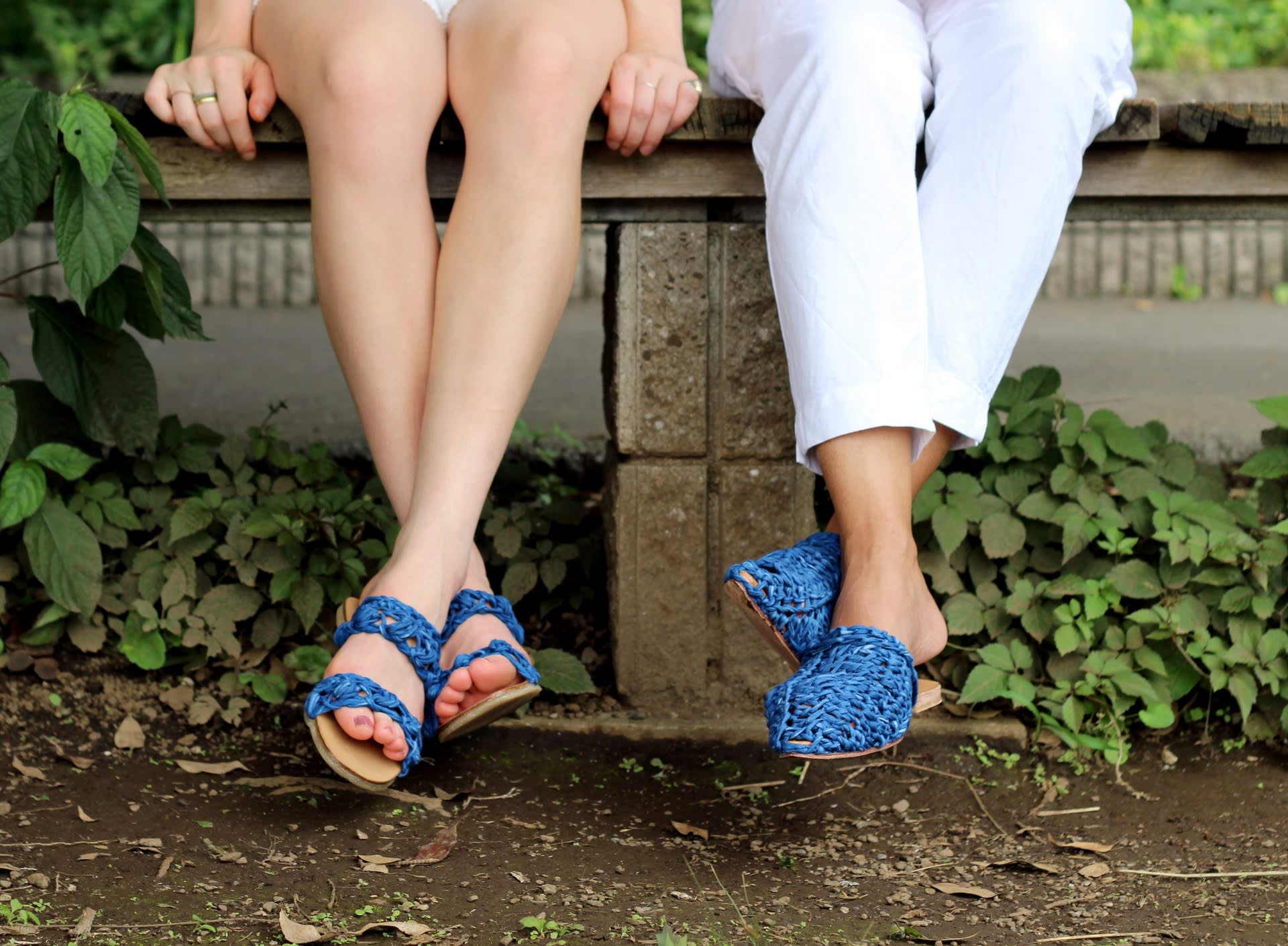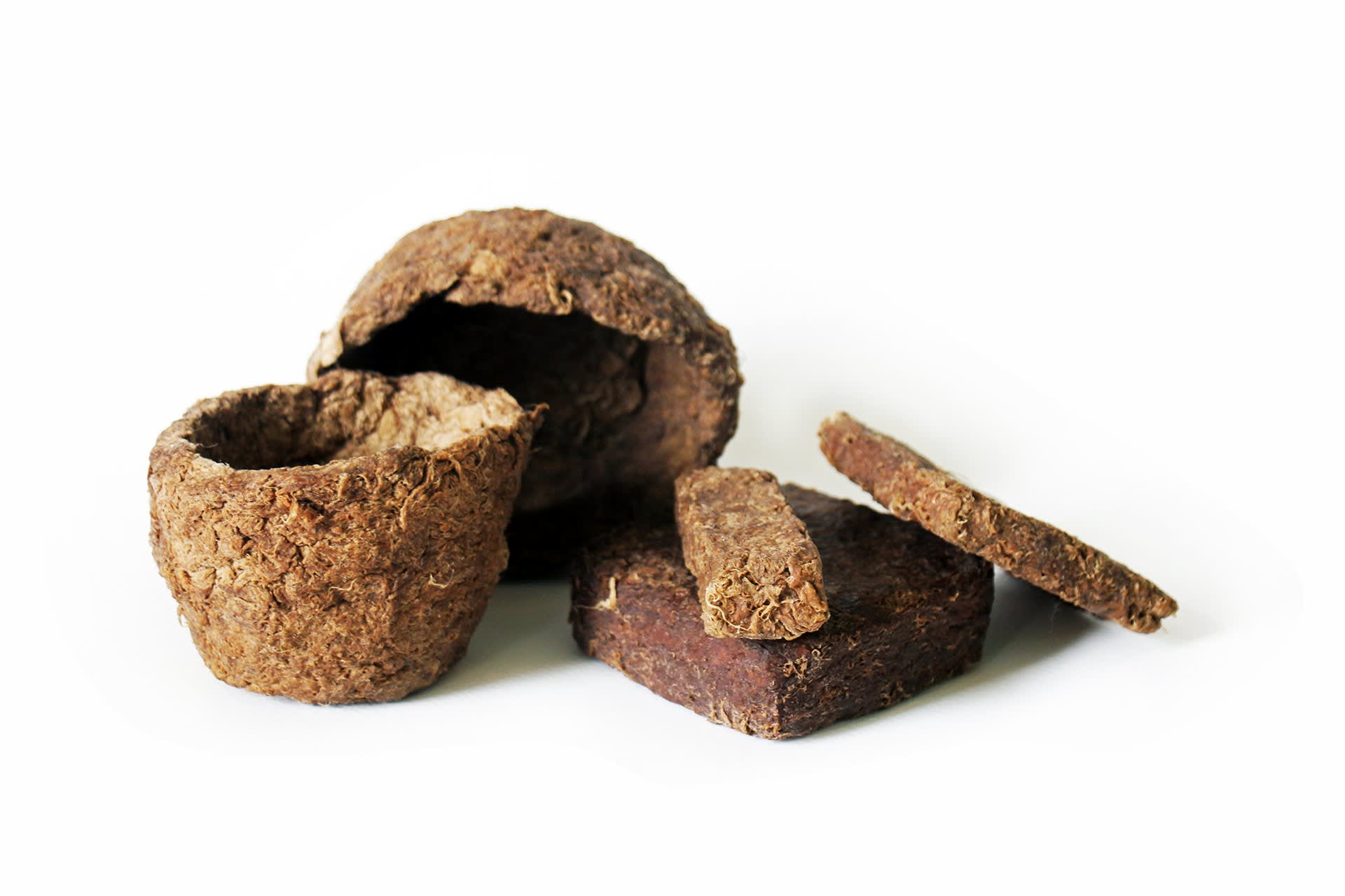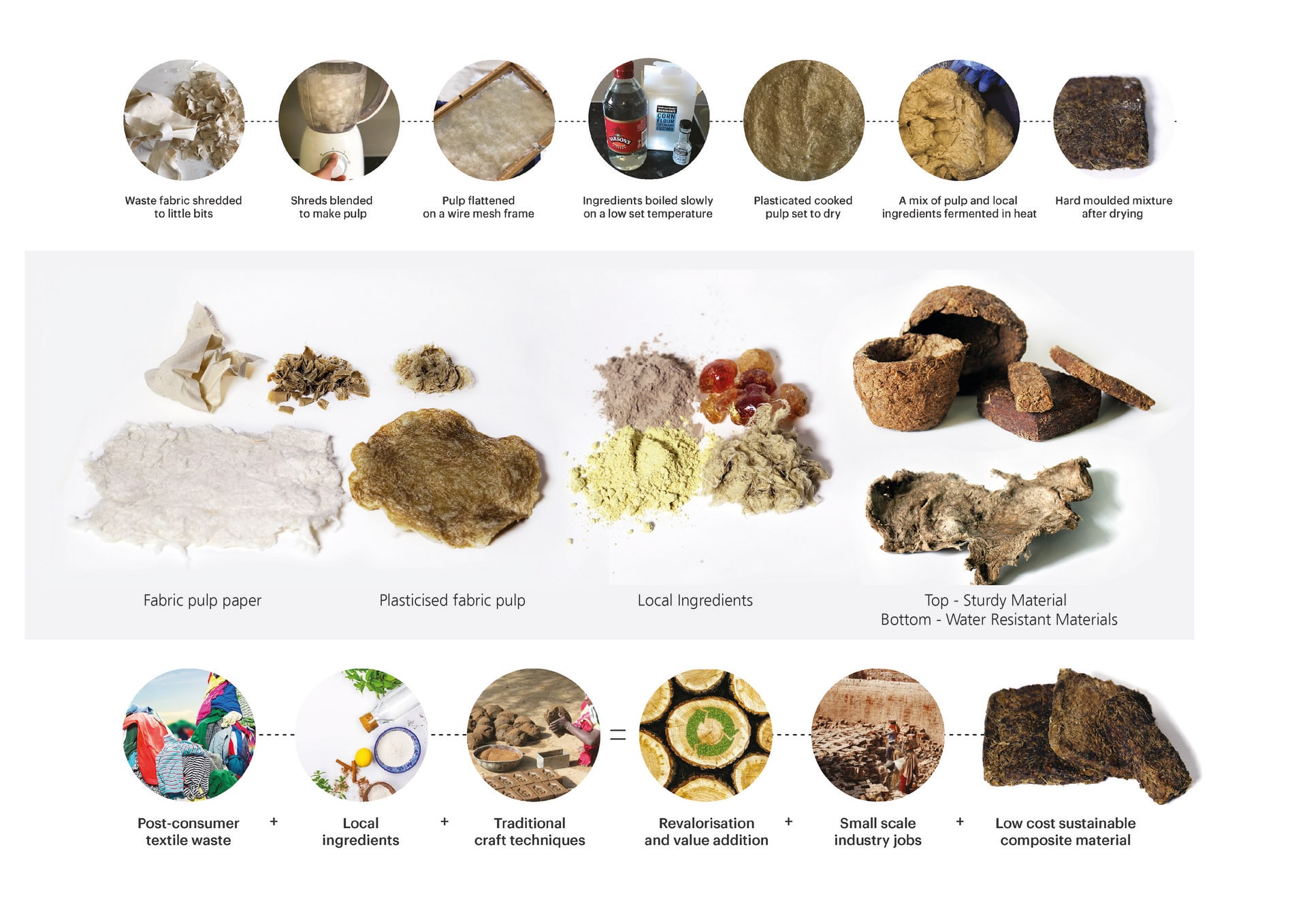I am an apparel designer turned sustainability expert. I currently work as an Innovation Associate at Fashion for Good, an organisation leveraging disruptive innovations, thereby transforming the old take-make-waste model with a circular approach.
Awards:
I was awarded “Emerging Designer of the Year 2011” at FDCI India Men’s Week. I won the “Best Non-Practicing Designer” and a sponsored internship at WGSN, Hong Kong at Let’s Design Season-1 2009 conducted by Zoom TV and CCI, India.
Work experience:
I’ve been working for 8 years in the fashion industry, across Bangladesh, India, UK and Europe. I worked as a Product Manager at NEXT Sourcing Ltd, India, a wholly owned subsidiary of NEXT plc., before joining Global Innovation Design.
I continue to conduct art and design workshops at universities and for the general public. I was a Software Engineer at Infosys before venturing into the field of design.
Education:
● MA and MSc with Distinction - Global Innovation Design, Royal College of Art and Imperial College, London
● MA and MSc Exchange Term - Keio University, Japan and Pratt Institute, New York
● Post Graduate Diploma Programme in Apparel Design [PGDPD], National Institute of Design [NID] India – CGPA: 9.27/10
● PGDPD Exchange Term - Pforzheim University, Germany; DAAD sponsored
● Bachelors of Engineering with Distinction, Anna University Affiliated, India



